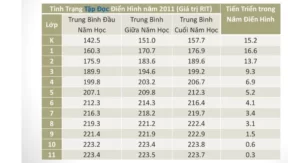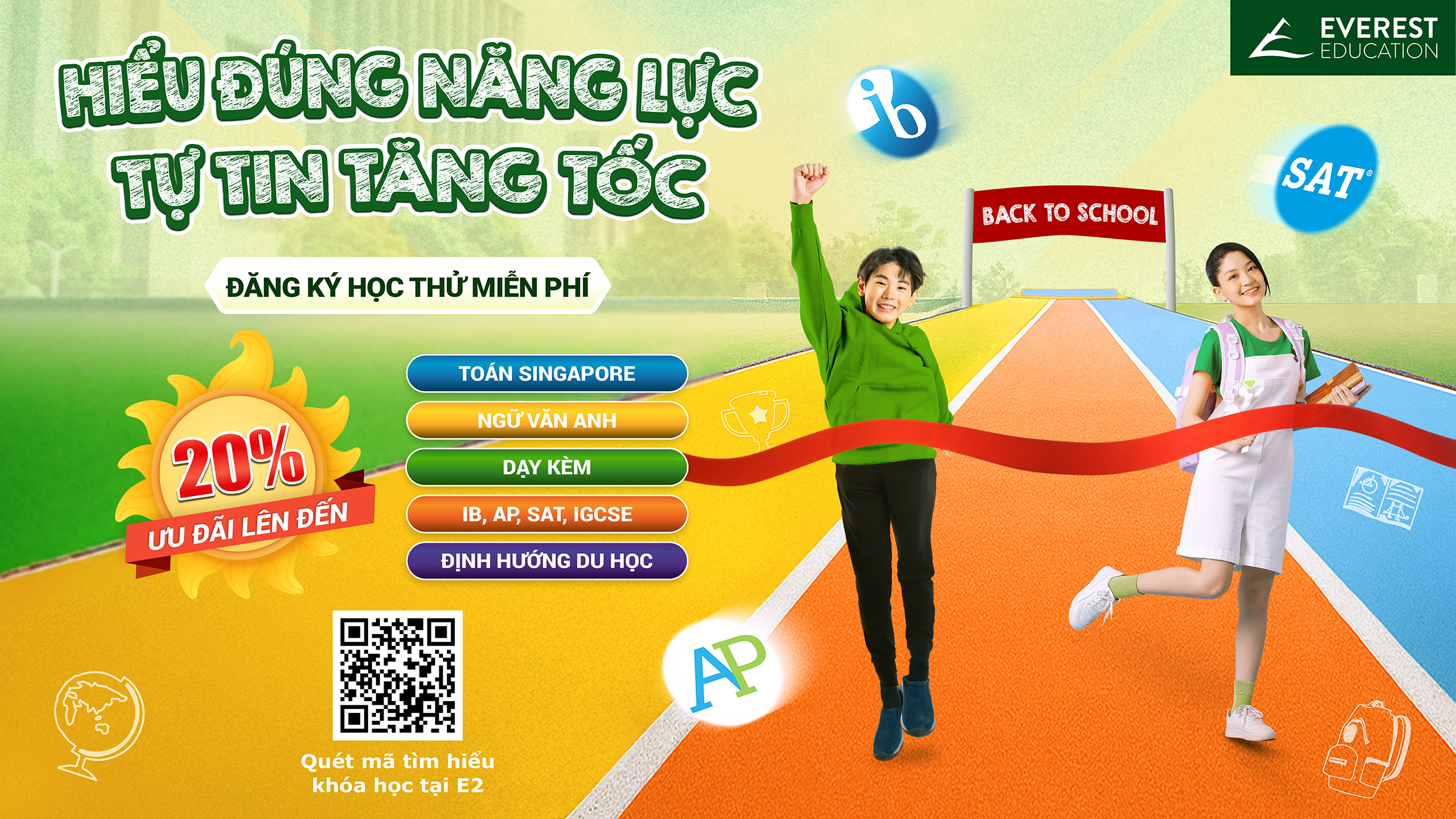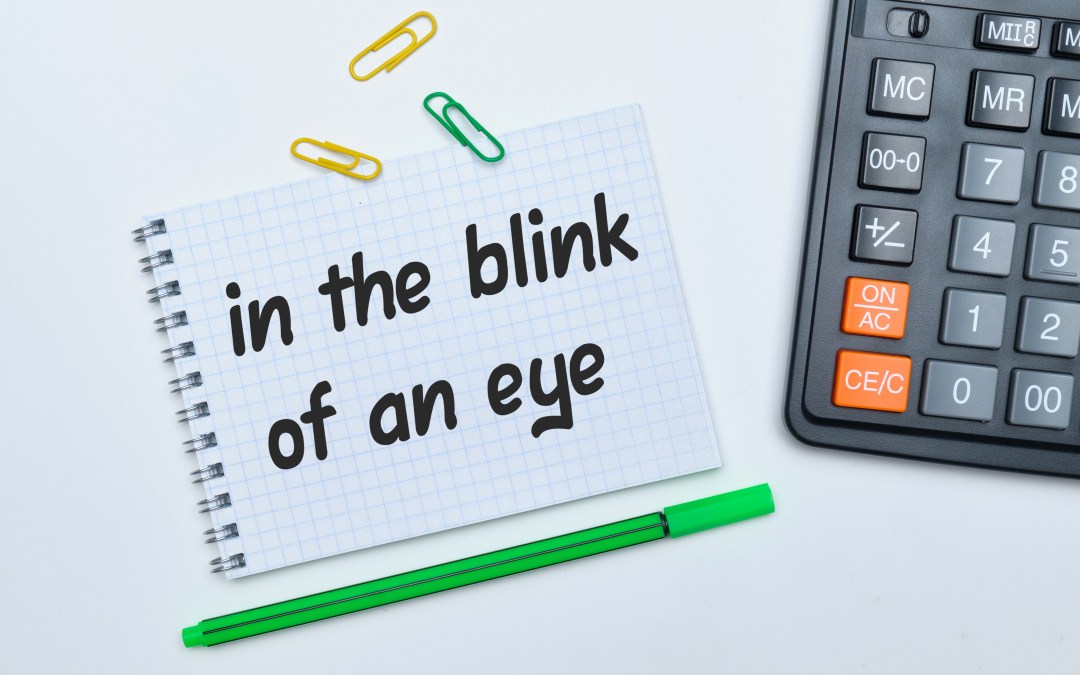The MAP Test is a significant consideration for families preparing their child for enrollment in international schools. It is widely used by renowned schools in Ho Chi Minh City, including SSIS, ISHCMC AA, Wellsprings, UTS, ISSP, EMASI, and others. With over 11 million students in the United States and more than 140 countries worldwide taking the test, it plays a vital role in evaluating competencies and establishing educational objectives. The test also serves as an entry point, allowing teachers to tailor instruction and closely monitor individual student progress.
For parents unfamiliar with the MAP Test or seeking a strategic preparation plan, Everest Education offers a practical support program. This program aims to provide comprehensive insights into the examination and ensure a smooth transition for students into prestigious international schools. Everest Education’s support program covers various aspects of the MAP Test, including test format, content, and strategies for effective preparation. Our experienced educators offer personalized guidance and practice materials to help students familiarize themselves with the exam structure and optimize their performance. Through targeted instruction and regular assessments, students can identify their strengths and areas for improvement, enhancing their overall readiness for the test. By partnering with Everest Education, parents can confidently navigate the testing process and access valuable resources for their child’s success.
1. What is the MAP test?
The MAP Test (Measure of Academic Progress Test), provided by the NWEA (Northwest Evaluation Association), is employed to assess students’ abilities and measure their progress throughout their educational journey from Kindergarten to 12th Grade in the K-12 system. The test primarily covers four key subject areas, including Mathematics, Reading, Writing and Language Usage, and Science. The assessments are typically conducted in English, which serves as the primary language for the tests.
2. Characteristics of the MAP Test
The MAP Test comprises computer-based assessments designed to follow a consistent procedure, providing detailed and reliable information throughout students’ academic journey from year to year. A notable feature of the MAP Test is its personalization for each student (Adaptive Test), which sets it apart from other competency-based assessments. The difficulty level of the test questions continuously adjusts based on the student’s previous responses. If a student answers a current question correctly, the system will present a subsequent question of increased difficulty. Conversely, if a student answers incorrectly, the system will offer a simpler question. Some students may still be unfamiliar with this testing format and may not know how to use support tools such as the Calculator (virtual calculator) and Notepad (note-taking application), leading to consecutive errors and score deductions.
Significantly, the MAP Test does not impose a time limit. Students will complete the test when they have answered all the questions. It is for this reason that students often struggle with appropriate time management when rushing to finish the test upon seeing their peers complete it. Therefore, careful consideration before selecting an answer is crucial and requires regular practice.
 The MAP Test utilizes the RIT scale to accurately measure students’ knowledge, regardless of their grade level. Upon completing a MAP Test, students will receive an RIT score. RIT scores hold the same meaning across different grade levels. For example, if a fourth-grade student and an eighth-grade student have the same RIT score in reading, it indicates they possess a similar reading proficiency level. Due to this consistent scale, teachers can measure students’ academic growth throughout the school year or their level when starting a new school year.
The MAP Test utilizes the RIT scale to accurately measure students’ knowledge, regardless of their grade level. Upon completing a MAP Test, students will receive an RIT score. RIT scores hold the same meaning across different grade levels. For example, if a fourth-grade student and an eighth-grade student have the same RIT score in reading, it indicates they possess a similar reading proficiency level. Due to this consistent scale, teachers can measure students’ academic growth throughout the school year or their level when starting a new school year.
3. Support from Everest Education for Students
Recognizing the needs of families for their children to become familiar with the question formats in the entrance exams of international schools (MAP Test), Everest Education provides free simulated practice tests modeled after the MAP Test for students from grades 2 to 8. The practice tests at Everest Education (“E2”) are designed to closely resemble the actual MAP Test as much as possible. They are conducted on paper and consist of two mandatory sections: Math and English Reading (90 minutes), with the option for students to register for an additional English Writing section (45 minutes). Based on the test results, families can determine their child’s current proficiency level and receive guidance on a learning trajectory to improve the necessary knowledge and skills for the actual exam.
References:
Vietnamese Family Guide To MAP Grow
Learn more about the MAP standards




 The MAP Test utilizes the RIT scale to accurately measure students’ knowledge, regardless of their grade level. Upon completing a MAP Test, students will receive an RIT score. RIT scores hold the same meaning across different grade levels. For example, if a fourth-grade student and an eighth-grade student have the same RIT score in reading, it indicates they possess a similar reading proficiency level. Due to this consistent scale, teachers can measure students’ academic growth throughout the school year or their level when starting a new school year.
The MAP Test utilizes the RIT scale to accurately measure students’ knowledge, regardless of their grade level. Upon completing a MAP Test, students will receive an RIT score. RIT scores hold the same meaning across different grade levels. For example, if a fourth-grade student and an eighth-grade student have the same RIT score in reading, it indicates they possess a similar reading proficiency level. Due to this consistent scale, teachers can measure students’ academic growth throughout the school year or their level when starting a new school year.



